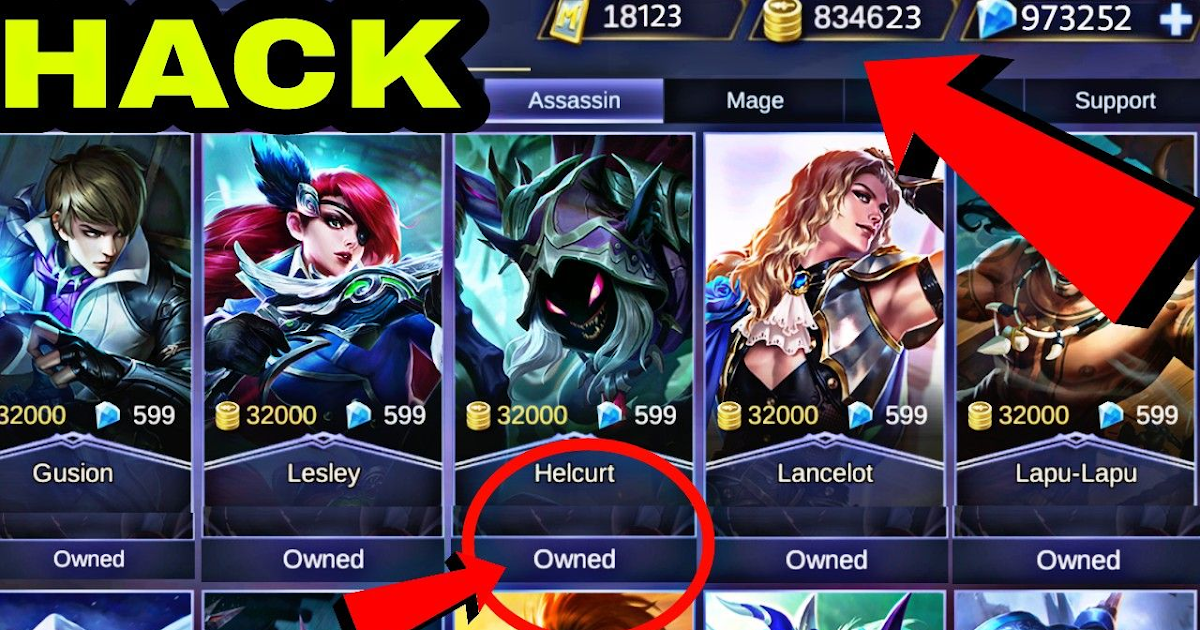

Perhaps you lie in wait outside, hoping to ambush them as they come out? Or perhaps you leap through windows with shotguns, after having tossed a jar filled with deadly bees through a gap in the roof. Or perhaps when you get there someone else is, quietly, trying to get it done so that they can get to the extraction point (randomised around the edge of the map) before anyone else can stop them. Perhaps you know where the boss monster is, and simply lie in wait for others to come and try to get it, you camping bastards. In this the players collect “clues” (actually glowing piles of ash) from various randomised locations around the map, until they have three, and therefore the location of a hideous monster - an actual boss fight, which is pretty good on its own - which they must then slay, “banish”, and extract as a bounty from the map. The real voodoo is in the core Bounty Hunt mode, which although it echoes ideas from a bunch of games, is quite unlike anything else I have played. It’s an impressive repurposing of all the game’s assets and it’s a decent game on its own.

You run about, collecting occult macguffins, until someone has all four, then that person has to survive others taking them off them.
#Heroes 3 maps the showdown 3 enemies crack
Quickplay is a solo mode for when your chums are offline, or for when you only have fifteen minutes to crack on. Hunt: Showdown has a battle royale aspect, “Quickplay”, which is aptly named. There are few fantasy bits in there, but hey, this is a game about monster hunters. Not having automatic weapons gives it a pace all its own. Guns are generally slow firing 19th century classics: double barreled shotguns, bolt action rifles, revolvers, that sort of thing. Your cowboy, your temporary character, is disposable, and although you can rank them up, equip them, and skill them while they are alive, they will die, permanently, and then you move on to the next. The theme is “spooky cowboys in a haunted swamp”, and the enemies are zombies, terrifying dogs, Things In The Water, and a few other arbitrary but horrific supernatural friends. It’s sort of fascinating to think that the survival genre didn’t exist in any identifiable form a decade ago, and here it is, now, making the old, old template of the competitive FPS richer than it has any right to be.Īnyway, we should visit that quick summary bit: Hunt: Showdown is a first-person shooter with player-versus-environment bits, for up to twelve players. The survival genre hasn’t proven to be a dead end that burned itself out by remixing and recycling, and instead has begun to influence design across the rest of gaming, with developers able to see what works and to build on it. It’s also this recipe of influences that provides the other part of that sense of relief. Nothing else is quite like Hunt, and that alone is hugely rewarding. More importantly than any of that, perhaps, it creates a unique identity. Crytek has been a major studio from day one, and as strong as the original Far Cry was (one magazine editor, back in those distant times, refused to believe Half-Life 2 could challenge it when I submitted that review), and no matter how ambitious Crysis was, no Crytek game ever claimed five hundred hours of play time on my tight, tight schedule.Ĭrytek games have always been a tense mixture of technology crashed into not-quite-realised design ideas, but with Hunt it feels like design finally took the laser pointer away from the rest of the team, and the results are a thematically coherent, punishing, thrilling competitive shooter that drags in influences from across contemporary gaming. Partly this relief was because Crytek has, finally, made a game that I can not only like and enjoy, but also be obsessed by. For all its tension, ugliness and brutality, the overwhelming feeling that Hunt: Showdown provided me with was relief.


 0 kommentar(er)
0 kommentar(er)
